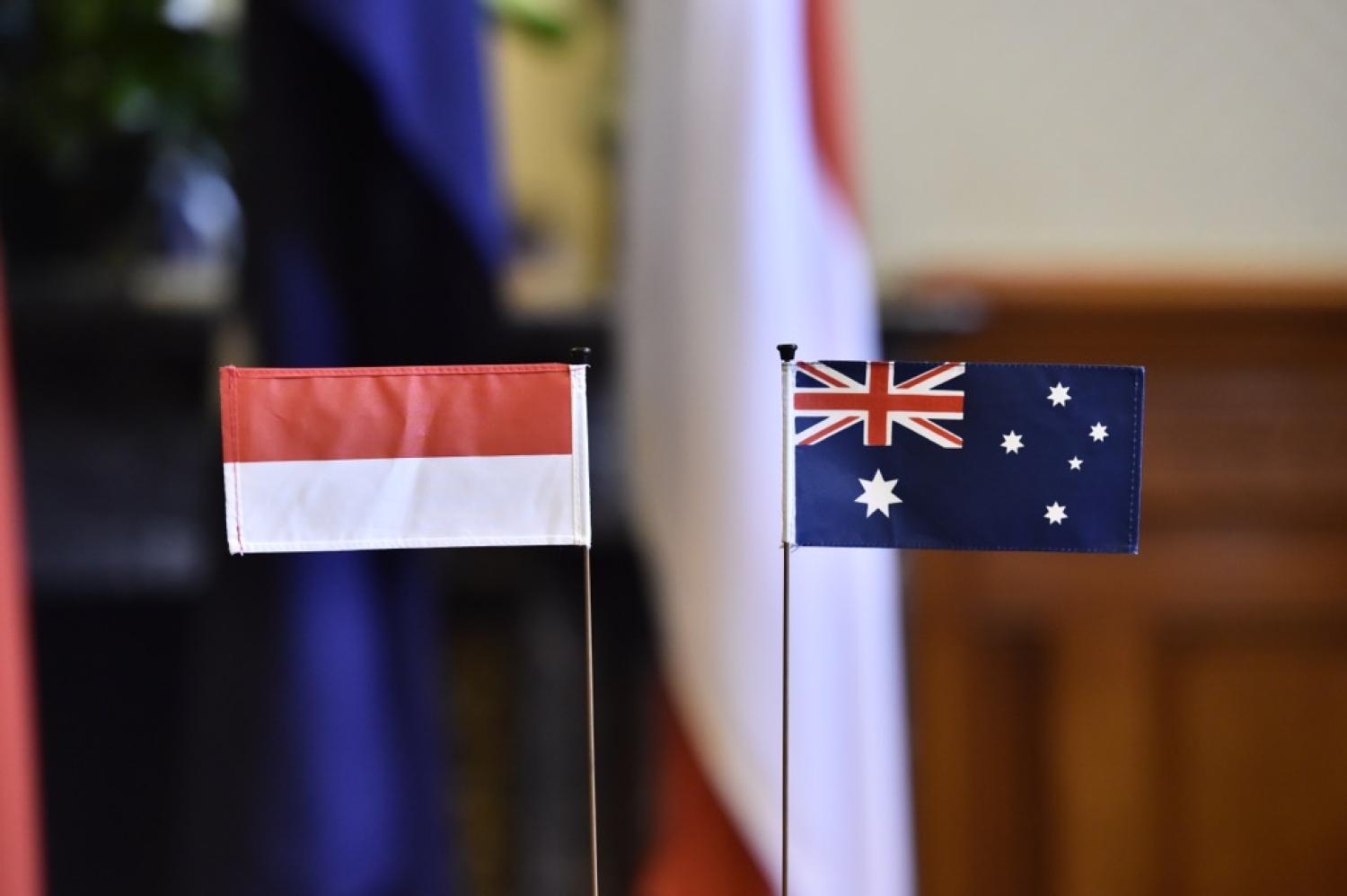Indonesia suffers from some of the highest food prices in Southeast Asia. Over the past decade, government policies focussed on food self-sufficiency have contributed to this problem. As its economic policies are thrust into the spotlight upon its first-time leadership of the G20 grouping, Indonesia should seize this opportunity to pivot away from “agricultural nationalism”. In order to stabilise food prices and improve livelihoods, activating a food security partnership with its G20 neighbour Australia offers a quick win.
Food security in Indonesian policymaking is synonymous with food self-sufficiency. The government has geared its trade and agriculture policies towards growing enough food to feed its people on its own, hoping it can avoid trade deficits and the perceived risks of relying on international supply chains. However, this has inadvertently led to food insecurity: it has pushed up prices, contributed to shortages, and discouraged investment and innovation in its agriculture sector.
The price of beef is more than double the World Bank’s reference price. Staples such as rice are notoriously expensive, up to twice the global average. A combination of factors contribute to this problem including the disruptive effects of pandemic-induced backlogs and shortages. But government policy settings aimed at achieving food self-sufficiency at the cost of international trade partnerships is the most harmful. These policies have also stymied much-needed foreign investment in Indonesia’s domestic food industry to keep pace with its rapid growth.
This policy is holding Indonesia’s economy back from Covid-19 recovery. Any strategy for Indonesia’s post-Covid economic recovery must address the country’s food security. Unstable food prices are particularly hard on Indonesia’s poor, with lower-income households spending up to 64 per cent of their income on food, compared to the wealthiest 20 per cent who spend 42 per cent. To make matters worse, the Covid-19 pandemic has pushed another one million Indonesians back into poverty.
Despite its fixation on food self-sufficiency, it has to import many basic commodities anyway, demonstrated by a five-fold increase in imports of high-value and processed foods over the last 20 years. Yet even this is done with a government hand on the spigot, using tariffs and quotas to limit import dependence.
Australia also needs to repair past distrust to build a deeper partnership.
In an era of economic uncertainty, Indonesia needs to change its approach and develop trade partnerships to lower food prices and meet domestic demand. Indonesia’s trade agreement with Australia is an example of one area Indonesia is willing to budge in order to establish better trade and economic cooperation with a reliable agricultural exporter.
The Indonesia-Australia Comprehensive Economic Partnership Agreement (IA-CEPA) establishes Australia as Indonesia’s key food security partner. This agreement is the first time Indonesia has agreed to a system of tariff rate quotas (TRQs) for foreign agriculture products. This means Australian producers and traders know precisely how much of their produce Indonesia will allow in at a reduced or zero tariff.
Under the feed grain TRQ, Indonesia allows imports of up to 500 kt of barley for the first year, with increases in subsequent years. Australian live cattle and beef have greater access to the Indonesian market under the agreement as well. As Indonesia seeks to stabilise food prices in the wake of the pandemic, its partnership with Australia under the IA-CEPA framework will be critical.
As promising as IA-CEPA has been, some problems still exist. An Australian government report released earlier this month warned that while trade agreements such as IA-CEPA have helped Indonesia to liberalise, complex regulatory processes continue to make exporting to Indonesia complicated. Australian exporters often have little patience for red tape and move on to other markets.

Australia also needs to repair past distrust to build a deeper partnership. Australia’s 2011 sudden live export ban under the Gillard government strained bilateral ties and undermined Australia’s reputation as a reliable partner. Although the ban was lifted a few weeks later, short-term damage to the trade had already been done. Indonesia began to reduce reliance on cattle imports in December 2011 and exports did not rebound completely until 2014.
Positively, IA-CEPA is the first step away from agricultural protectionism and towards international partnerships as Indonesia begins to pursue more trade agreements in the region. But entrenched attitudes within the Indonesian government need to change and policymakers must trim down the red tape that makes it a challenging investment and export destination. As Indonesia assumes presidency of the G20, 2022 is an ideal time to showcase a significant policy shift on the global stage.
For Australia’s part, it has to articulate a powerful narrative to its neighbour and use IA-CEPA as a platform to build greater trust. A food security partnership is not an abstract diplomatic concept, it is a concrete activity in which both countries engage in trade and investment for the direct benefit of everyday Indonesians and Australian farmers. There is no other country at Indonesia’s doorstep which can help it solve this problem at such a practical level.

